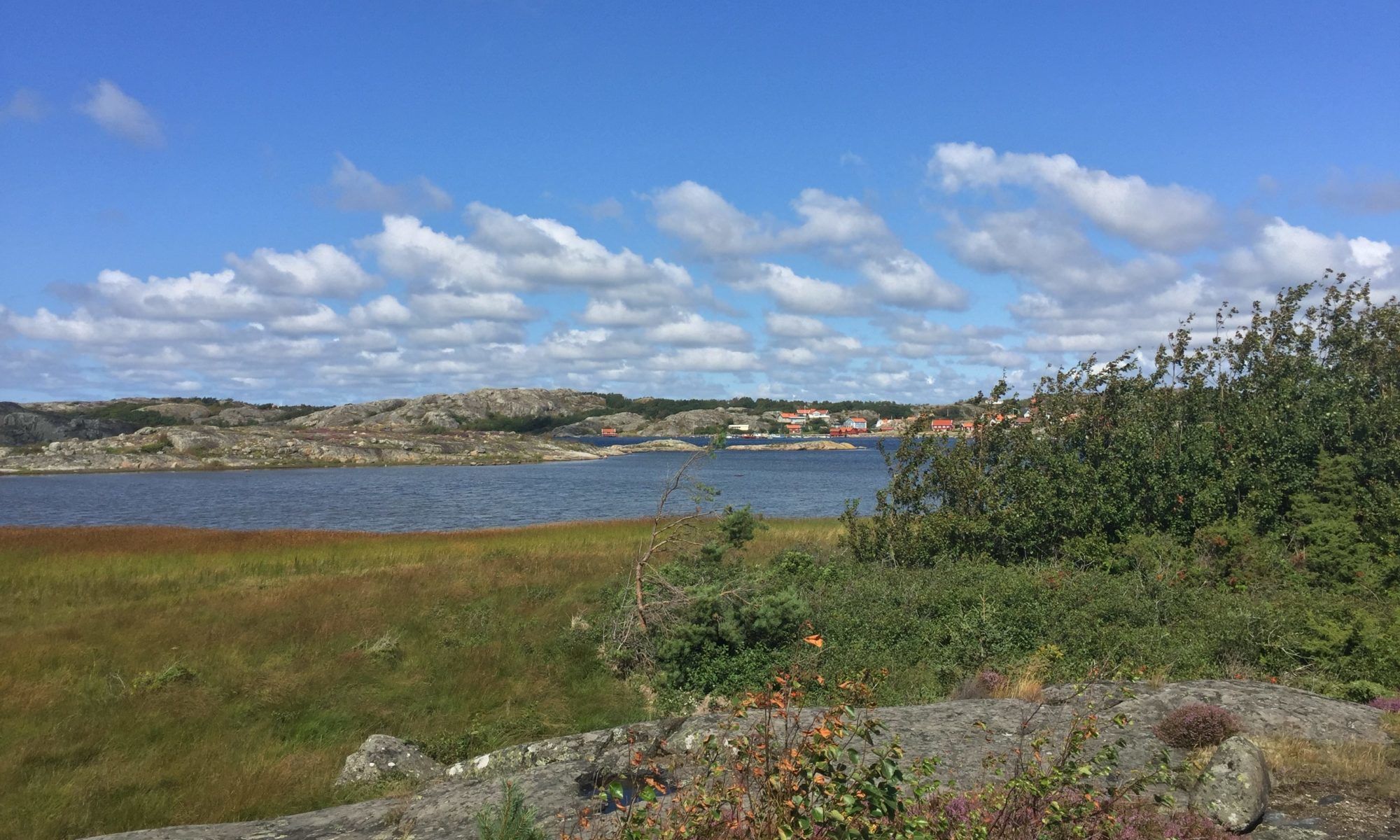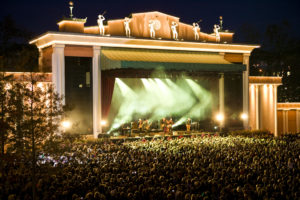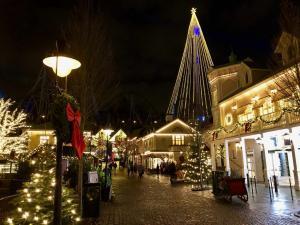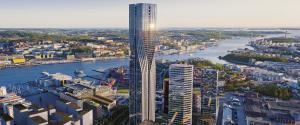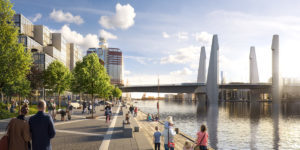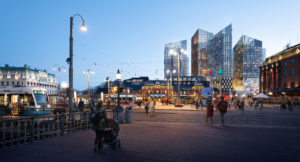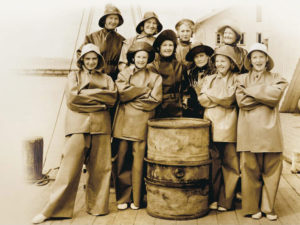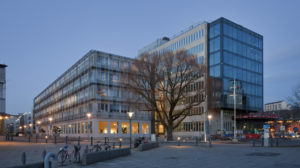Doing research, looking at images is part of the fun of getting ready for a trip
I travel a lot. In fact, as I type this, I have trips scheduled to the UK (2), the Netherlands, Switzerland (2), and the US (3) until the end of the year. Some destinations are new, others I’ve been to before. But no matter what, one of my favorite past-times is getting ready for those trips, researching online about what to do, what to expect, and – last not least – indulging in images.
Guidebooks
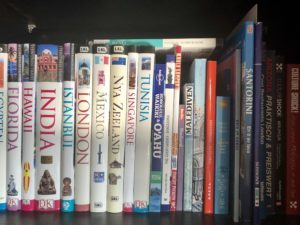
Long gone (it seems) are the days when you’d venture to a local bookstore and buy a guidebook. I still have an entire bookshelf filled with guidebooks from journeys all over the world. But those books had their challenges: updates! While they’re still being produced (and manually updated every now and then), for those of us who own them, they’re quickly outdated, at least with regards to the important sections about restaurants, hotels and other more volatile information. The Colosseum will always be in Rome, but that quaint restaurant on the corner around the Fontana di Trevi? Who knows.
No matter how old-fashioned a guidebook may be: they don’t require to be online to work. Worth considering in the roaming day and age…
Online guides
Instead, we use places like TripAdvisor, LonelyPlanet, Yelp or just plain good old Google to find information about the places we want to visit. I’ve been a frequent contributor on TripAdvisor, reviewing the hotels and restaurants I visit during my trips, and I often use it to find places during my own trips.
Here’s a tip though: Don’t disregard a place just because it has a few one-star reviews. Look at the reviewer. If it’s their first review, it’s likely just a one-off disgruntled customer. Disregard such reviews. instead, look at the reviews from people with dozens, hundreds of reviews even. They wouldn’t be there if they weren’t trusted contributors. Those are the views you can trust more but don’t just focus on the star-rating. What some people dislike may be exactly what you look for, e.g. casual dress v formal dress in a place.
Maps & Images
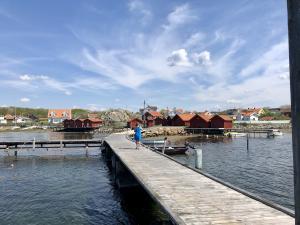
I could lose myself in pictures. I love to look at pictures from our beautiful planet. If you have an Instagram account, looking for your destination is easy using appropriate hashtags, e.g. #gothenburg. We have this amazing account here in town, a woman who takes pictures for fun, all over our city, and just looking at a couple of them (I follow her), makes me feel proud about living here, and makes me want to visit a particular corner of it. You can follow her here.
I’m not a big fan of Pinterest, but that is also a place where you can find a ton of pictures (and links) about places to visit. Or Twitter, although it tends to focus more on verbal aspects, you can follow places you’d like to visit.
I love to use maps, be it Google Earth or just any map application. It helps me get my bearings, understand where I will stay, where the best restaurants are, what is within walking range etc. It just helps me sort the world. I’m a bit OCD that way, I like a certain order. An example: a few years ago, we visited Disney World and we booked times (FastPass) for certain attractions. Our son was two-years-old at the time and the attractions he could go on, limited. So we booked them online ahead of time. What we had failed to do was make sure we could get from a) to b) in time. We learned that lesson the hard time. Don’t make the same mistake, booking a restaurant you can’t reach after that museum visit across town.
Whatever you do, take time to get ready…
It doesn’t really matter if you prefer an old-fashioned guidebook, or if you go all ‘social media’ in your preparations. In fact, none is better/worse than the other. Just different. My point is this: be sure to actually get ready, not because I don’t like to keep some of the mystery until I get there, but because part of the enjoyment of visiting a new place is anticipation. And nothing helps us build anticipation like looking at images, reading menus and maybe even meeting people online, friends to be. For all the other stuff, you can contact me. I’d be happy to help you prepare an unforgettable stay.
